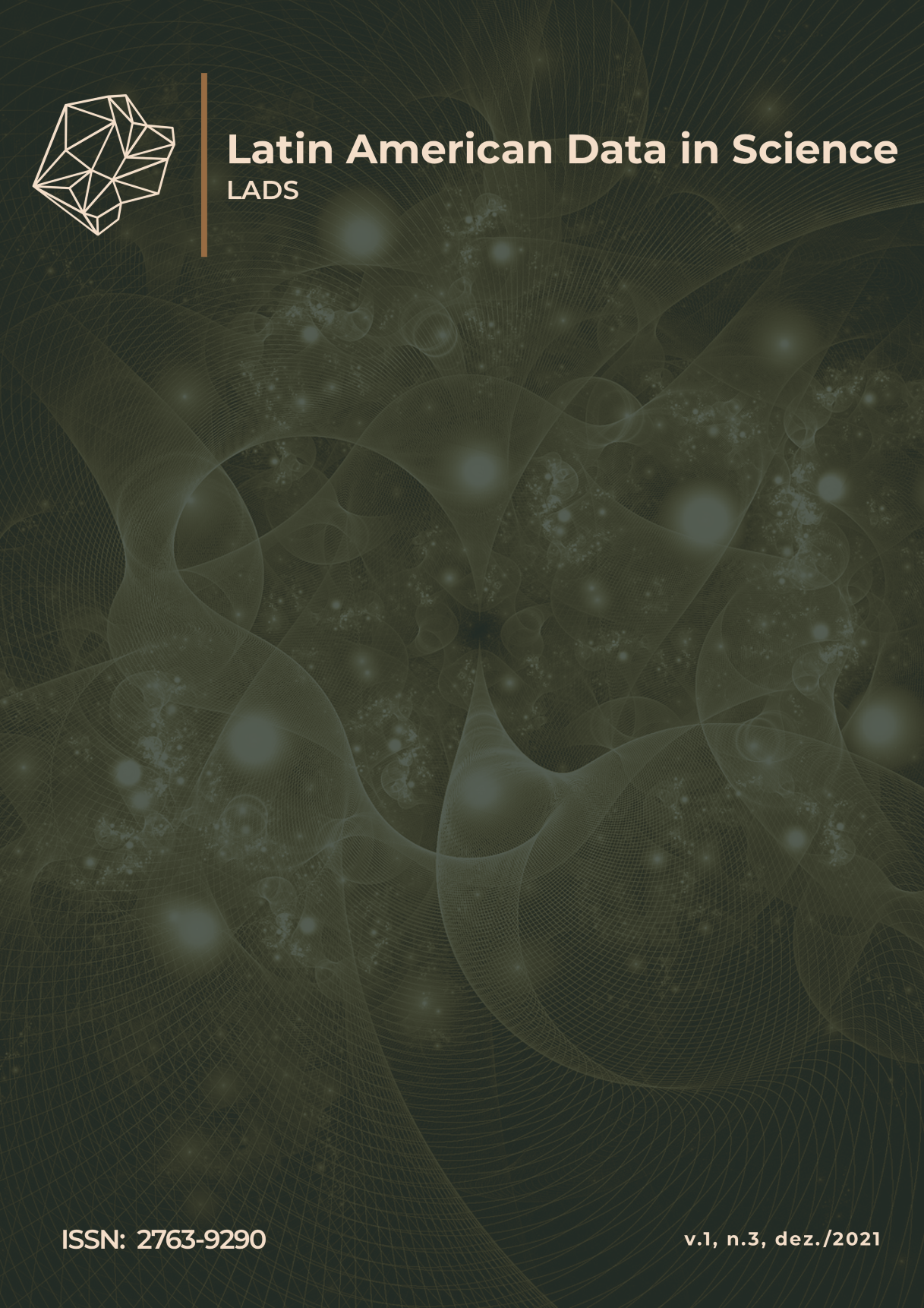The Fitnome Catalog: a resource for physical exercise genetics data mining
DOI:
https://doi.org/10.53805/lads.v1i3.32Palavras-chave:
physical exercise, gene expression, differentially expressed genes (DEG), genetic datasetResumo
Physical exercise (PE) in regularity is a well-characterized non-pharmaceutical intervention for good health and welfare. Molecular mechanisms regulated in response to PE can be scrutinized, with molecular biology, genomics, transcriptomics, and bioinformatics being inserted into exercise physiology studies. From a biotechnological perspective, omic datasets about physical exercise gene expression help identify phenotypic, genetic variance for different physical training phenotypes. Extensive lists of genes regulated by PE were dispersed within the literature, and the Fitnome Catalog (FitC) was created to reach some systematization of this information. Manual and online text-mining tools generated this dataset in PE human gene expression articles (2003-2014) with microarray, RNA-Seq, RT-PCR, and genotyping methods. Spreadsheets were developed with information on exercise protocol, experimental design, gender, age, number of individuals, analytical approach, gene ID, fold change and statistical data, and genetic architecture, encompassing 21 columns. The produced dataset (with 5,147 genes and 101,343 data points) provides experimental design, gene expression information, gene attributes, and references. Functional categorization of the FitC dataset and standardized information on PE-expressed genes were presented.
Referências
BENJAMINI, Y.; HOCHBERG, Y. Controlling the False Discovery Rate: A Practical and Powerful Approach to Multiple Testing. Journal of the Royal Statistical Society. Series B (Methodological), v. 57, n. 1, p. 289–300, 11 out. 1995.
BOYLE, E. I. et al. GO::TermFinder - Open source software for accessing Gene Ontology information and finding significantly enriched Gene Ontology terms associated with a list of genes. Bioinformatics, v. 20, n. 18, p. 3710–3715, 2004. DOI: https://doi.org/10.1093/bioinformatics/bth456.
COLBERG, S. R. et al. Exercise and Type 2 Diabetes: The American College of Sports Medicine and the American Diabetes Association: Joint Position Statement. Diabetes Care, v. 33, n. 12, p. e147-67, Dez. 2010. DOI: https://doi.org/10.2337/dc10-9990.
FONTAINE, J. F. et al. Génie: Literature-based gene prioritization at multi genomic scale. Nucleic Acids Research, v. 39, n. SUPPL. 2, p. 455–461, 2011. DOI: https://doi.org/10.1093/nar/gkr246.
GOMES, C. P. C. et al. Chapter Three - Omics and the molecular exercise physiology. In: MAKOWSKI, Gregory S B T - Advances in Clinical Chemistry (Org.). [S.l.]: Elsevier, v. 96. p. 55–84. 2020. DOI: https://doi.org/10.1016/bs.acc.2019.11.003.
KINSELLA, R. J et al. Ensembl BioMarts: A Hub for Data Retrieval across Taxonomic Space. Database: The Journal of Biological Databases and Curation, v. 2011, p. bar030, 2011. DOI: https://doi.org/10.1093/database/bar030.
LIAO, Y. et al. WebGestalt 2019: gene set analysis toolkit with revamped UIs and APIs. Nucleic Acids Research, v. 47, n. W1, p. W199–W205, 2019. DOI: https://doi.org/10.1093/nar/gkz401.
MAGLOTT, D. et al. Entrez Gene: Gene-Centered Information at NCBI. Nucleic Acids Research, v. 35, n. Database issue, p. D26-31, Jan. 2007.
ORTON, R. J. et al. Bioinformatics tools for analyzing viral genomic data. OIE Revue Scientifique et Technique, v. 35, n. 1, p. 271–285, 2016. DOI: 10.20506/rst.35.1.2432.
PACHECO, C. et al. A compendium of physical exercise-related human genes: An' omic scale analysis. Biology of Sport, v. 35, n. 1, 2018. DOI: 10.5114/biolsport.2018.70746.
SEO, D. Y. et al. Cardiac adaptation to exercise training in health and disease. Pflugers Archiv European Journal of Physiology, exercise in animals - Revision with a table of works, v. 472, n. 2, p. 155–168, 2020.
STRÖHLE, A. Physical Activity, Exercise, Depression and Anxiety Disorders. Journal of Neural Transmission (Vienna, Austria : 1996), v. 116, n. 6, p. 777–784, Jun. 2009.
VASCONCELOS-FILHO, F. S. L. et al. Effect of Involuntary Chronic Physical Exercise on Beta-Amyloid Protein in Experimental Models of Alzheimer's Disease: Systematic Review and Meta-Analysis. Experimental Gerontology, v. 153, p. 111502, out. 2021. DOI: https://doi.org/10.1016/j.exger.2021.111502.
VOLTARELLI, V. A.; FERNANDES, L. G.; BRUM, P. C. Cellular and molecular exercise physiology. Revista Brasileira de Educação Física e Esporte, v. 34, n. 3, p. 533–542, 2020. DOI: https://doi.org/10.11606/1807-5509202000030533.
Downloads
Arquivos adicionais
Publicado
Como Citar
Edição
Seção
Categorias
Licença
Copyright (c) 2021 Latin American Data in Science

Este trabalho está licenciado sob uma licença Creative Commons Attribution 4.0 International License.





